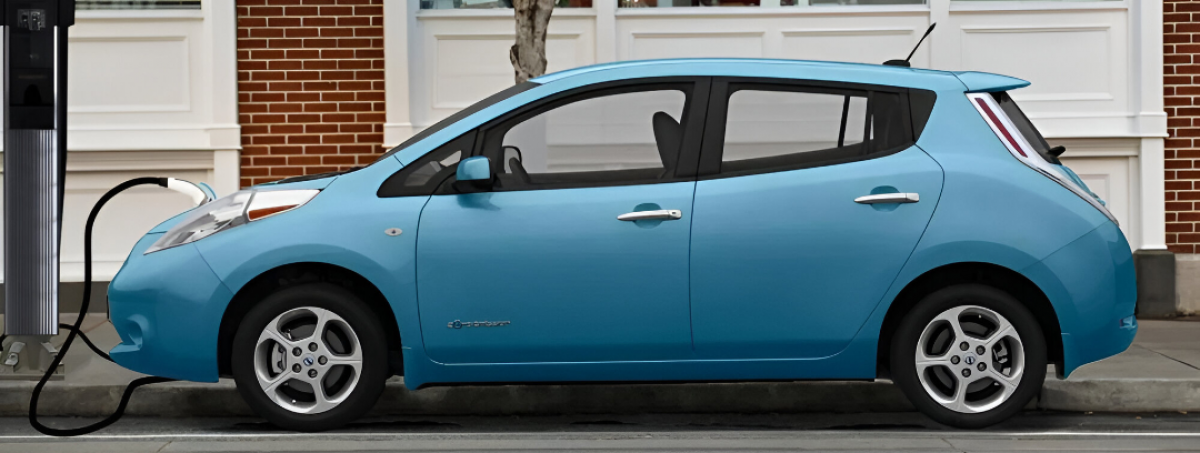Electric vehicles (EVs) promise lower fuel costs and reduced emissions, but adoption is constrained in urban areas and multi-unit dwellings where access to charging infrastructure is limited. Researchers at Penn State have developed a scalable framework that converts municipal street lights into low-cost, equitable EV charging stations, offering a practical solution for densely populated cities.
The team retrofitted 23 street lights in Kansas City, Missouri, testing the approach for one year. Their analysis, published in the Journal of Urban Planning and Development, found that street light chargers were more cost-effective, faster, and environmentally friendly than traditional EV stations. Charging units leveraged existing municipal power infrastructure, reducing installation costs, while strategic placement near on-street parking and high-traffic areas improved convenience for both residents and visitors.
The framework incorporates a three-pronged approach focused on demand, feasibility, and benefits. Using factors such as land use, station density, traffic volume, and points of interest, AI models predicted demand for optimal station placement. Equity was a central consideration, ensuring benefits were distributed across diverse communities.
Researchers noted that street light chargers drew power from dedicated municipal lines, reducing competition between vehicles and enabling faster charging. The approach also contributed to fuel savings and greenhouse gas reductions by utilising existing parking locations, minimising additional environmental impact.
Next steps involve integrating detailed socioeconomic and weather data into the models to identify communities with limited EV access and optimise infrastructure deployment. This will allow cities to ensure equitable, efficient, and climate-resilient EV charging networks.
The project demonstrates how urban planners and municipalities can expand EV infrastructure rapidly and inclusively while lowering costs and environmental impact, providing a blueprint for other cities across the US and globally.
Read the full article to see how street lights are powering the next phase of EV adoption.












.png)

